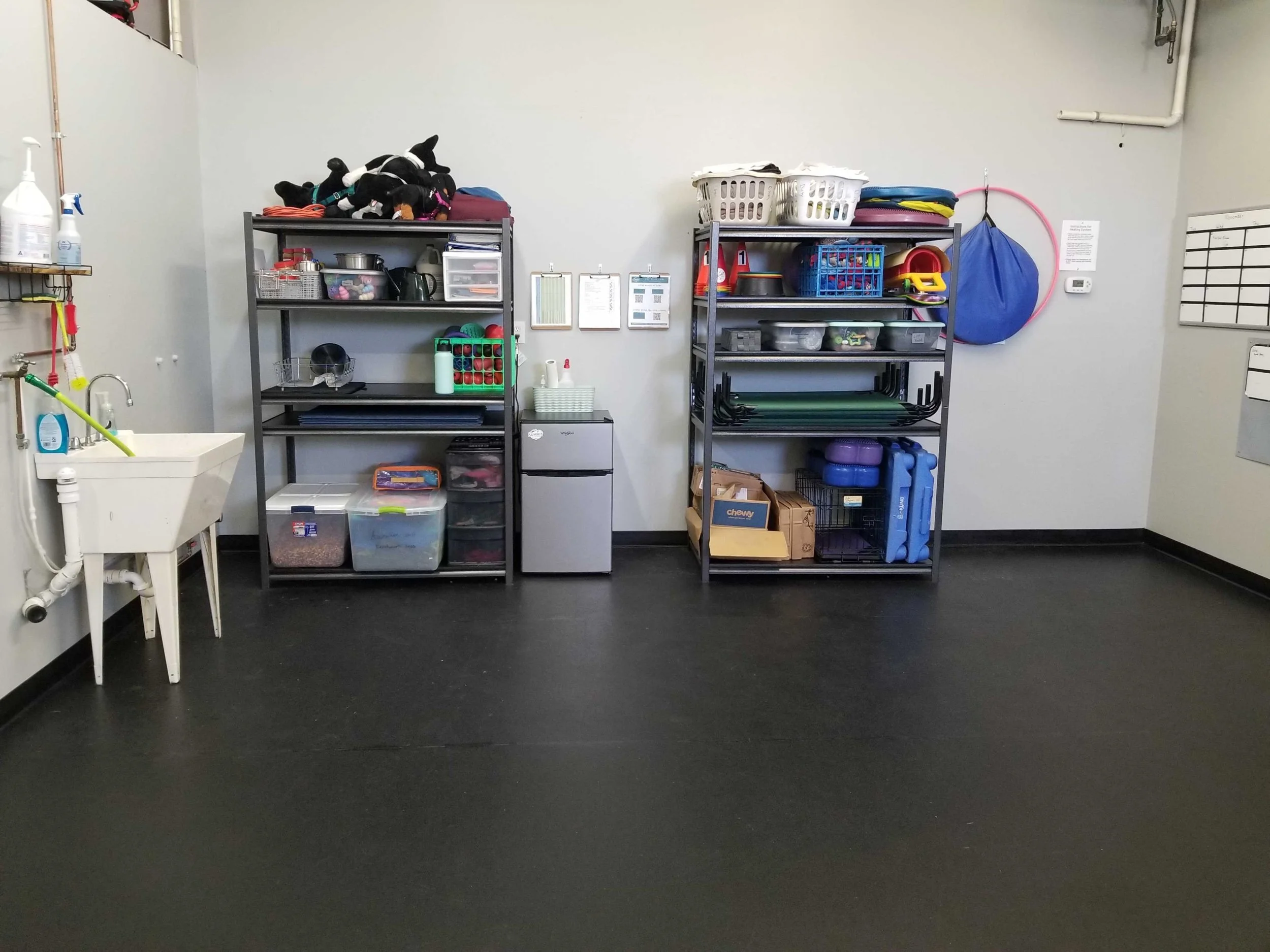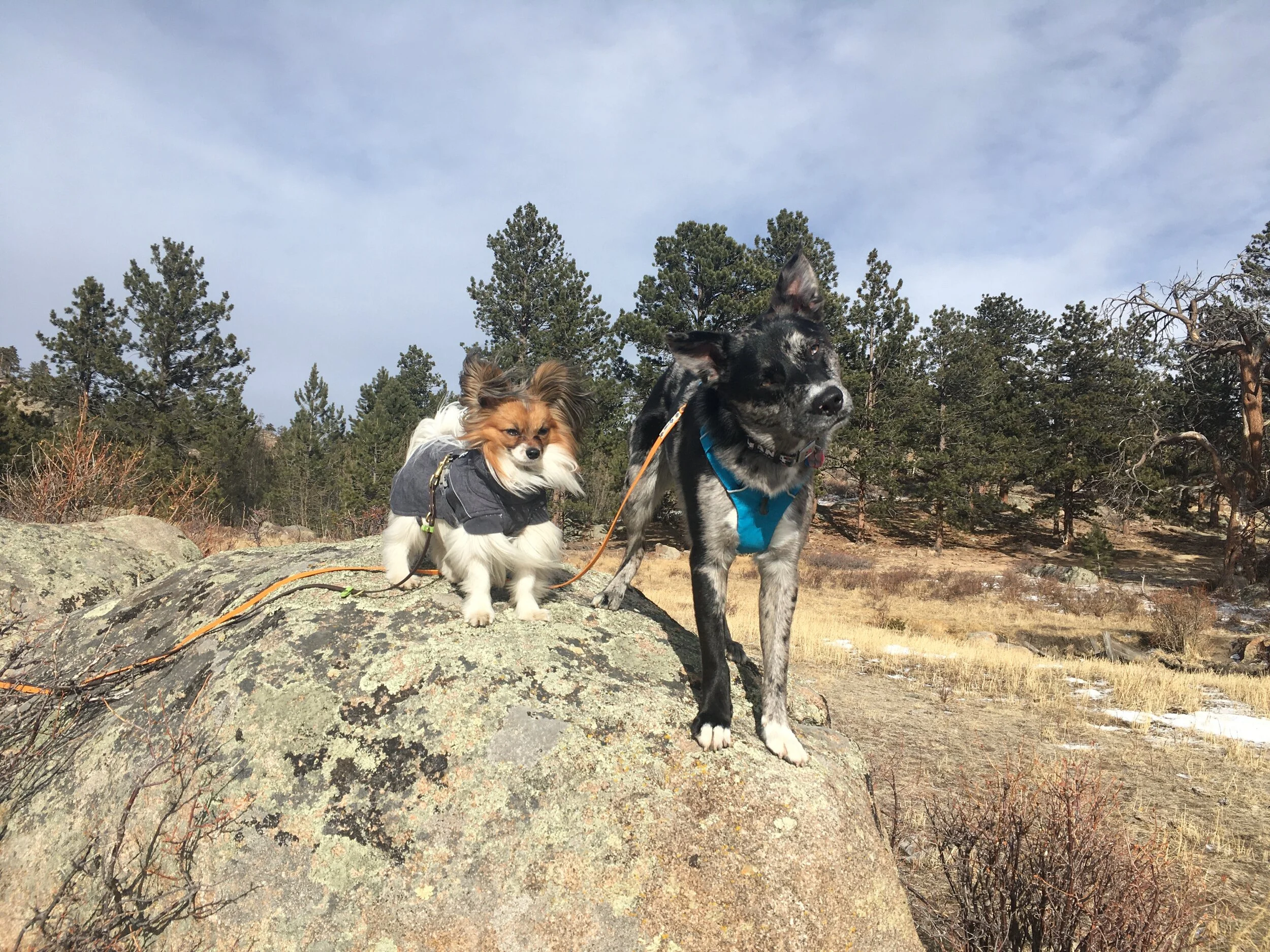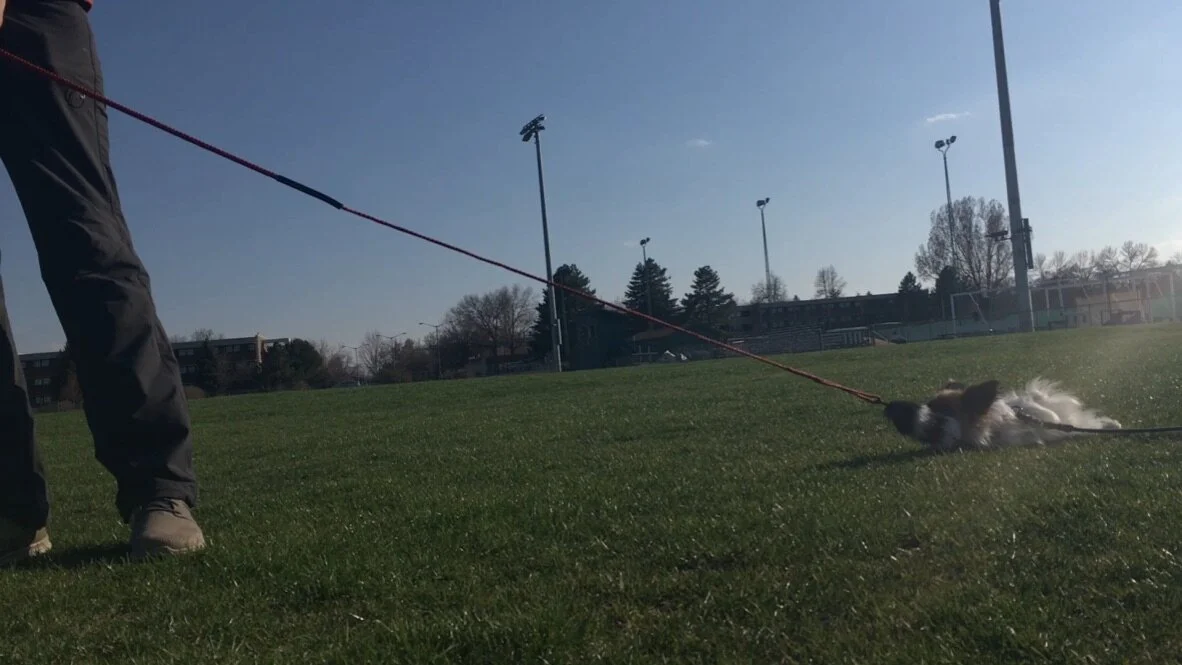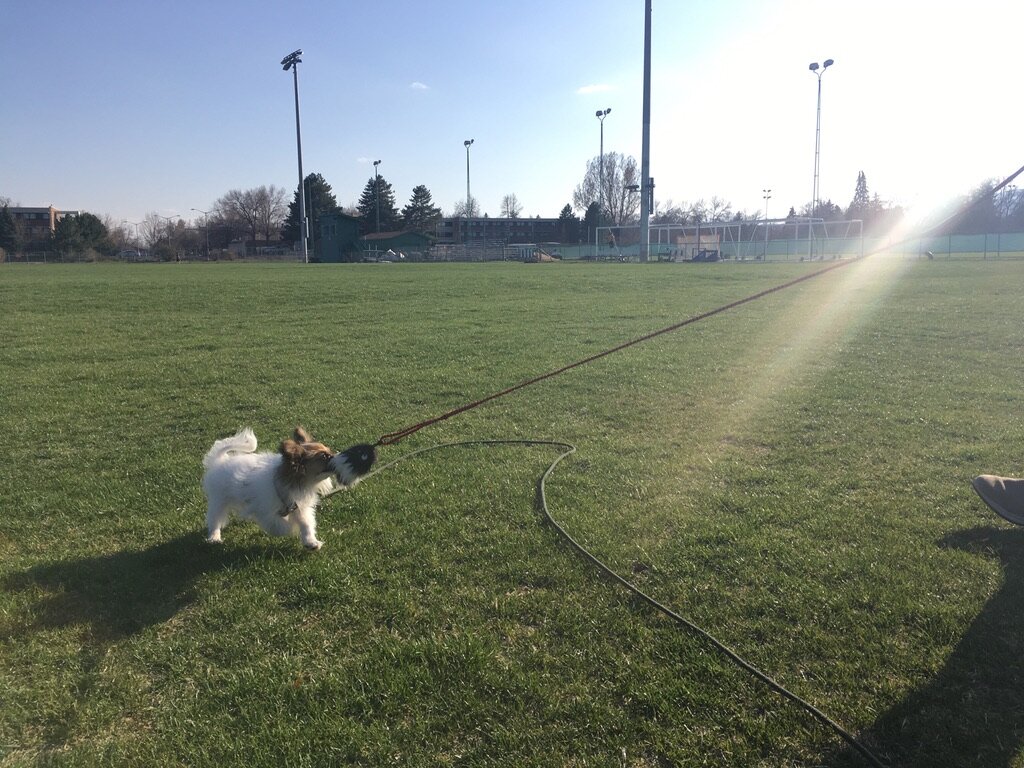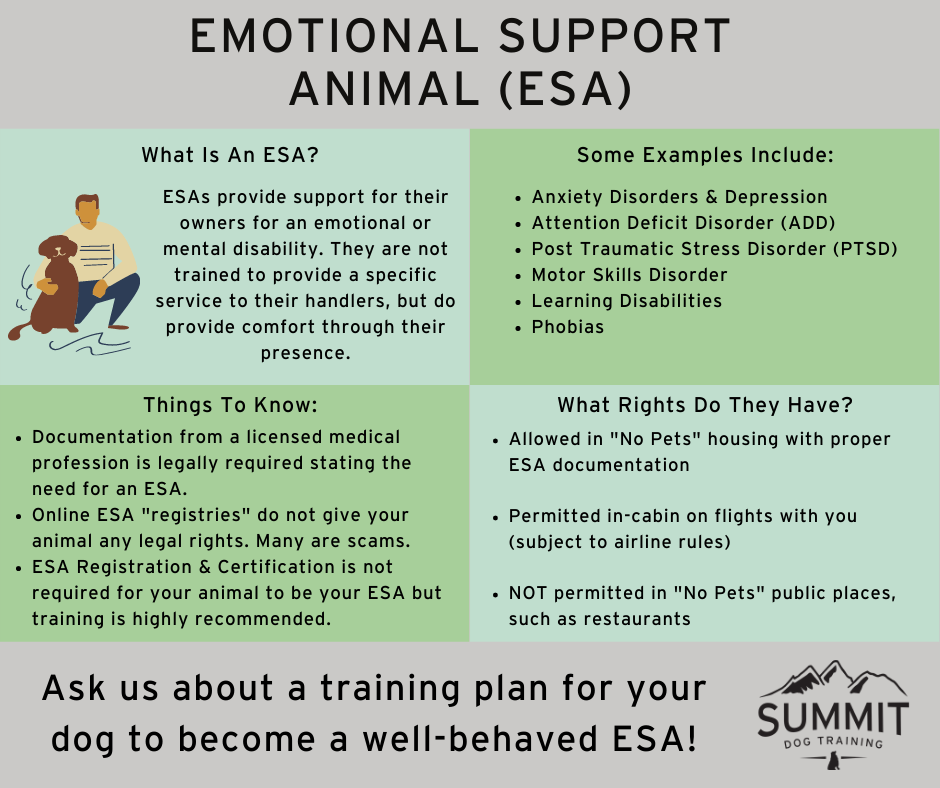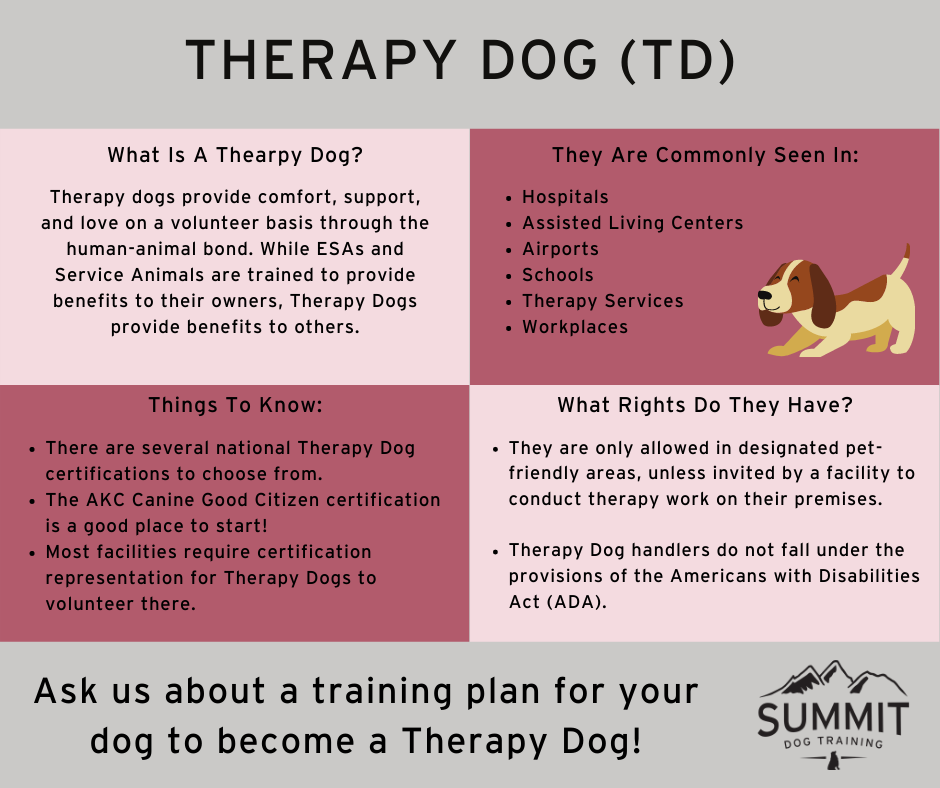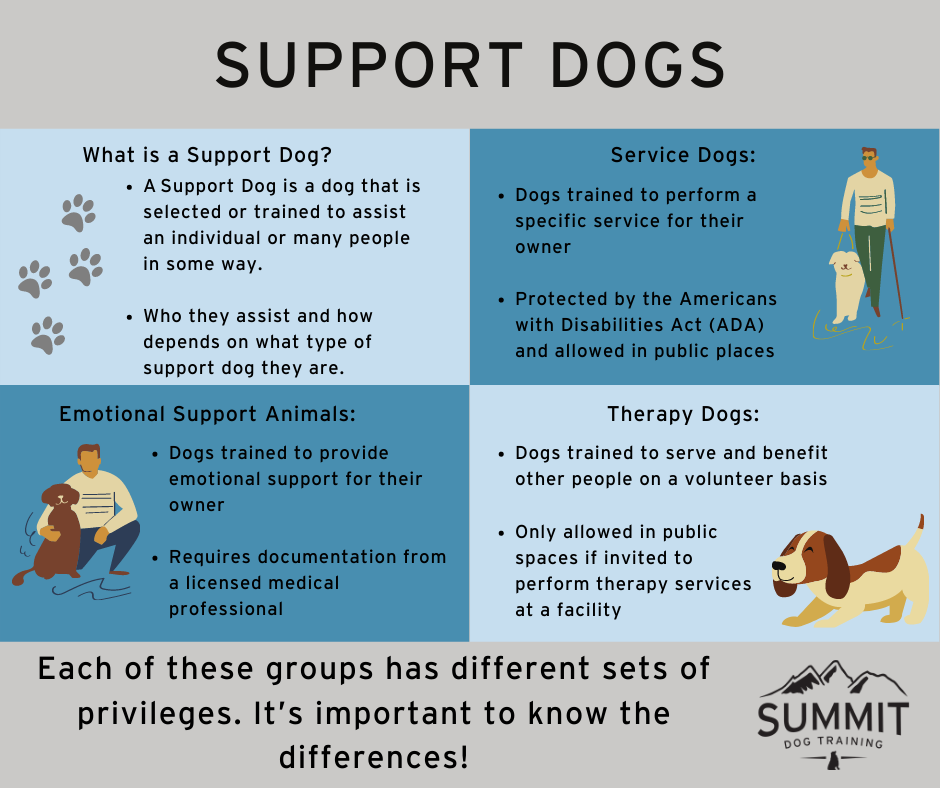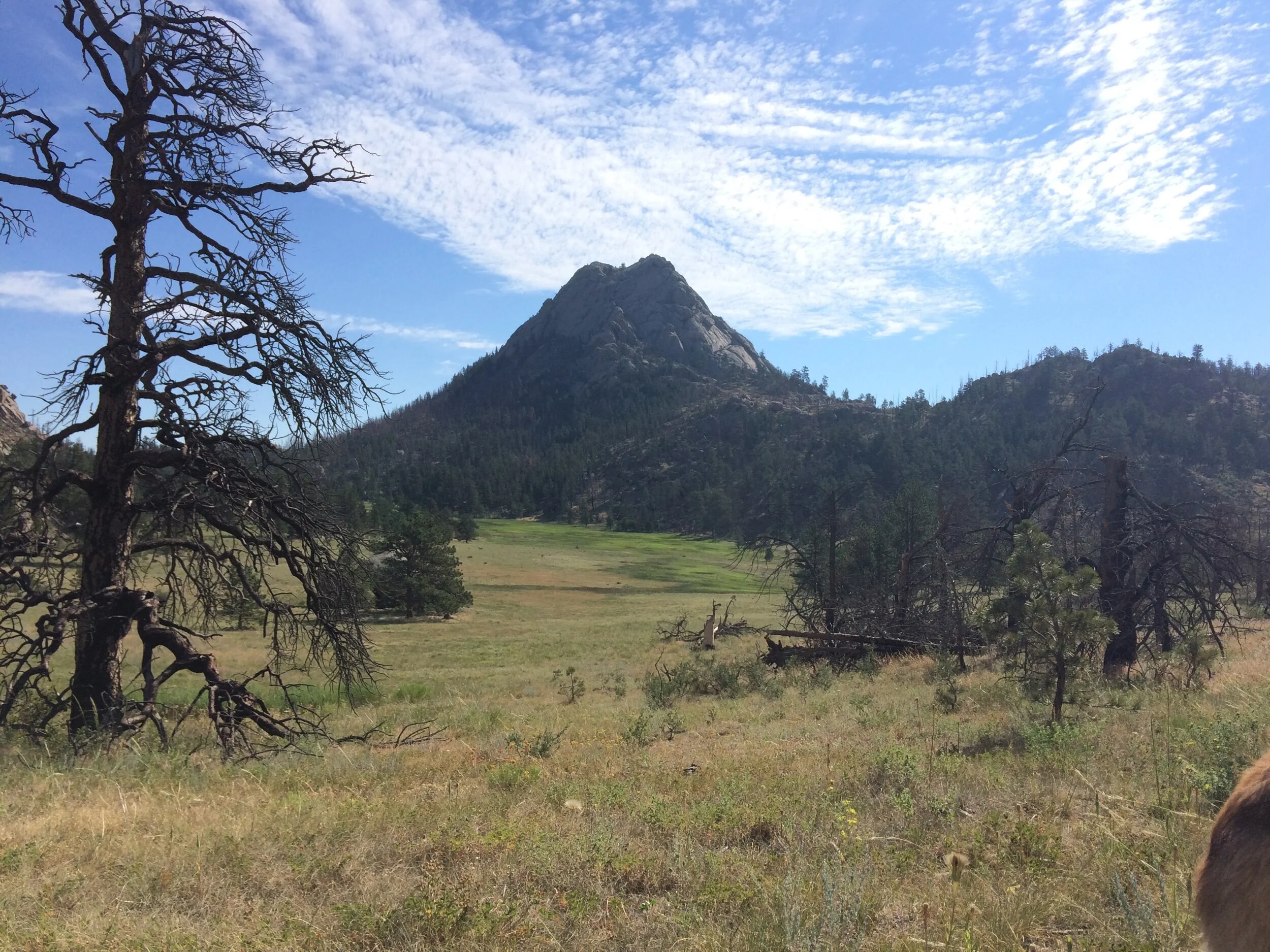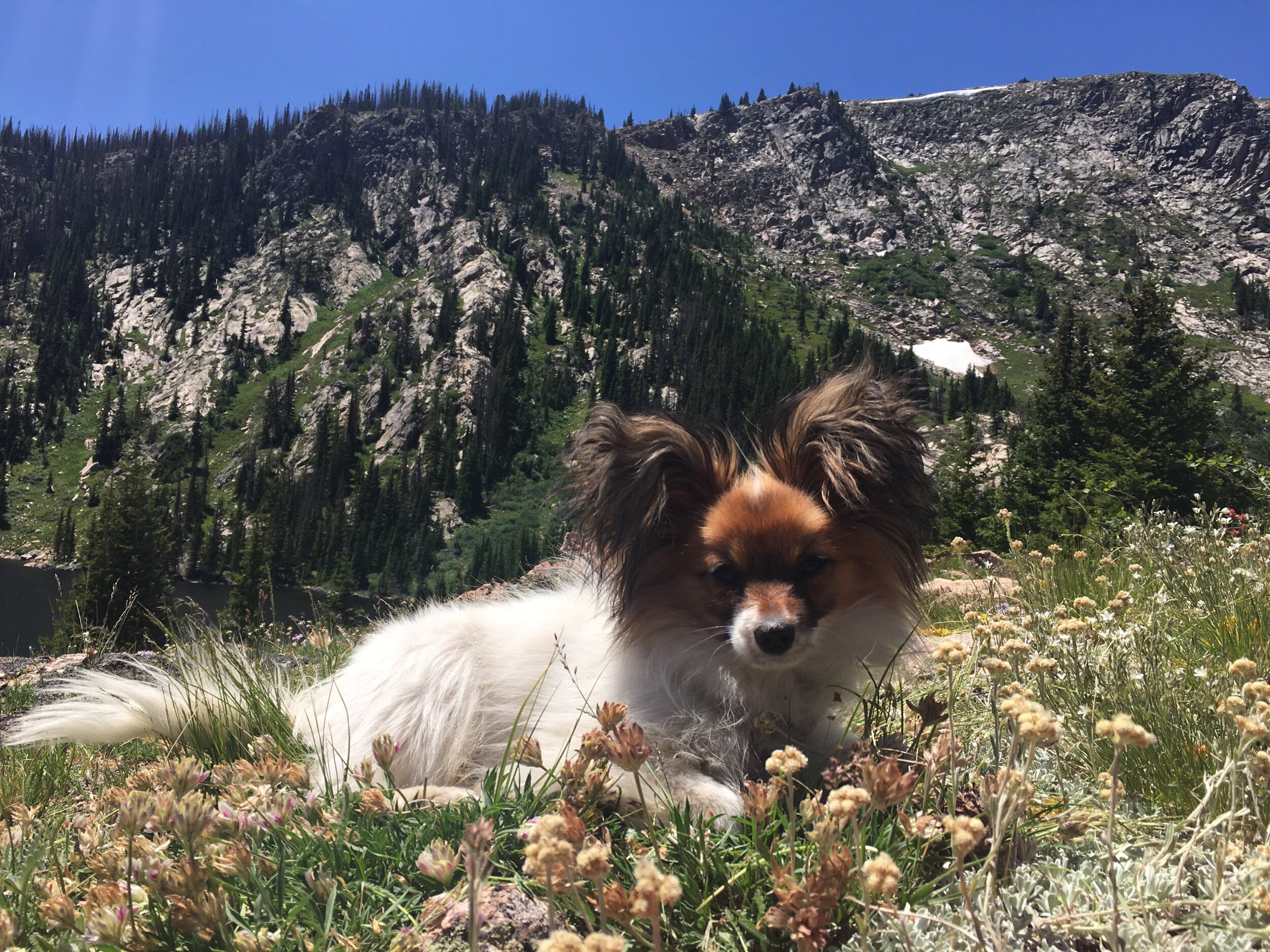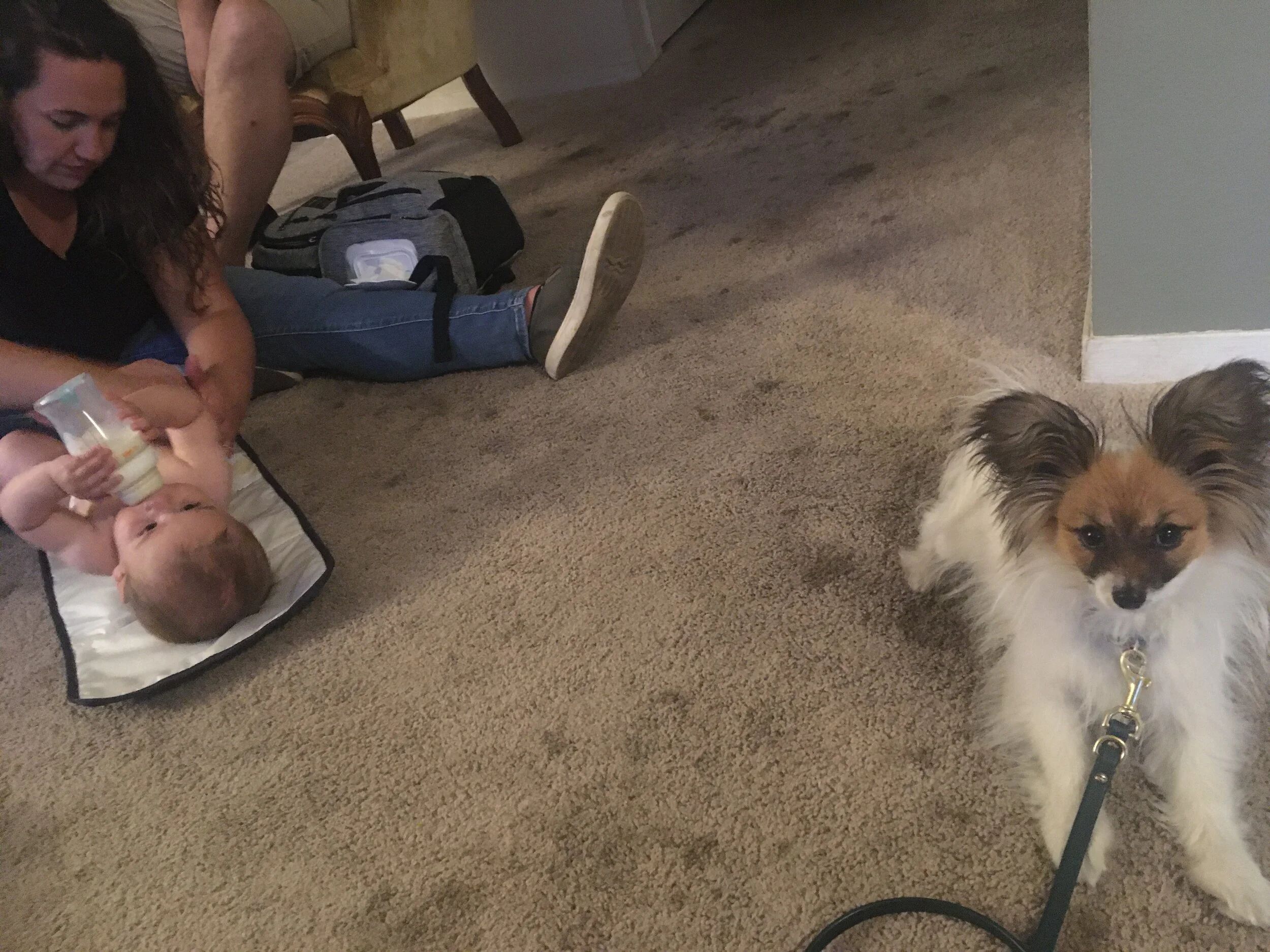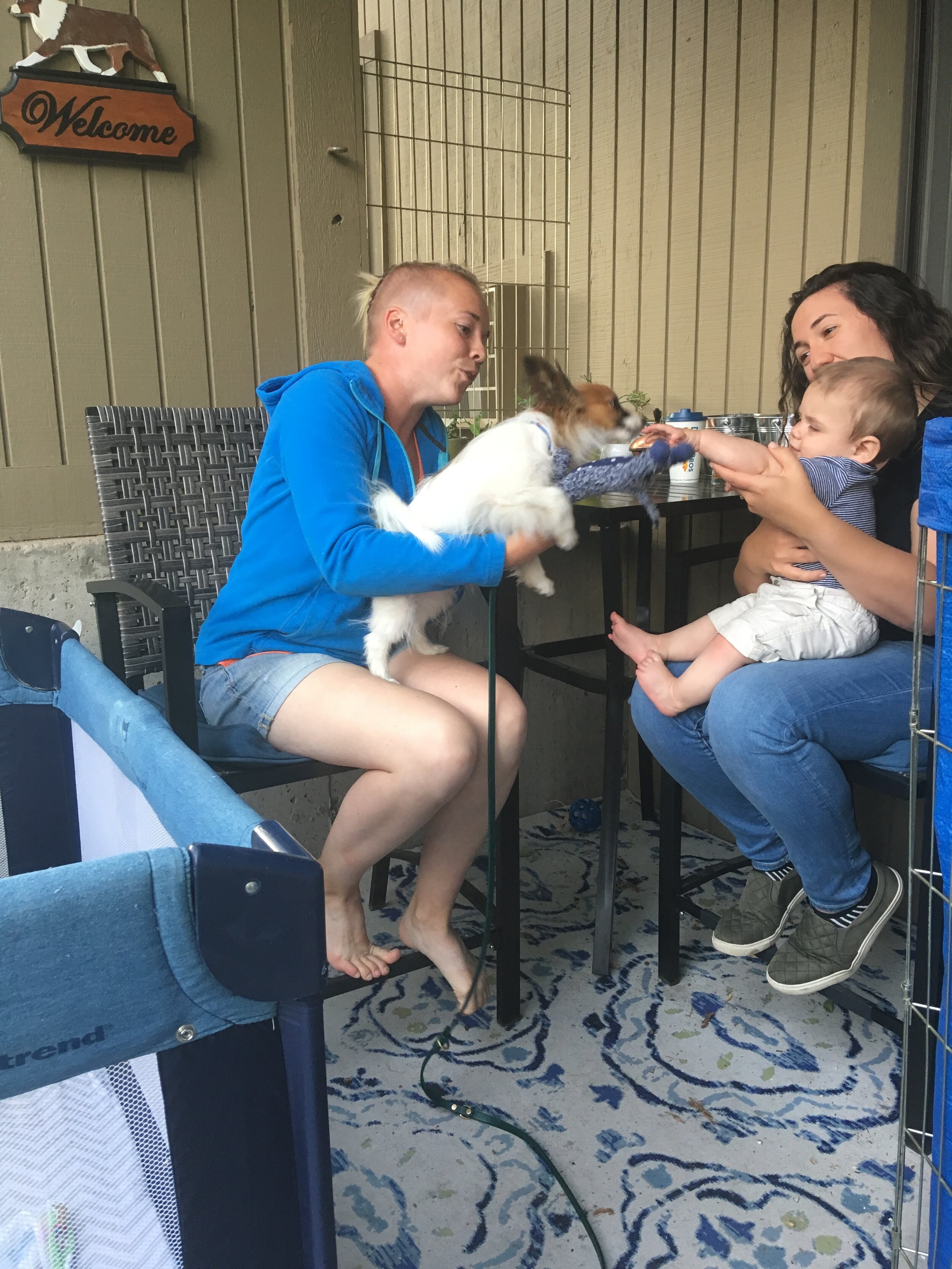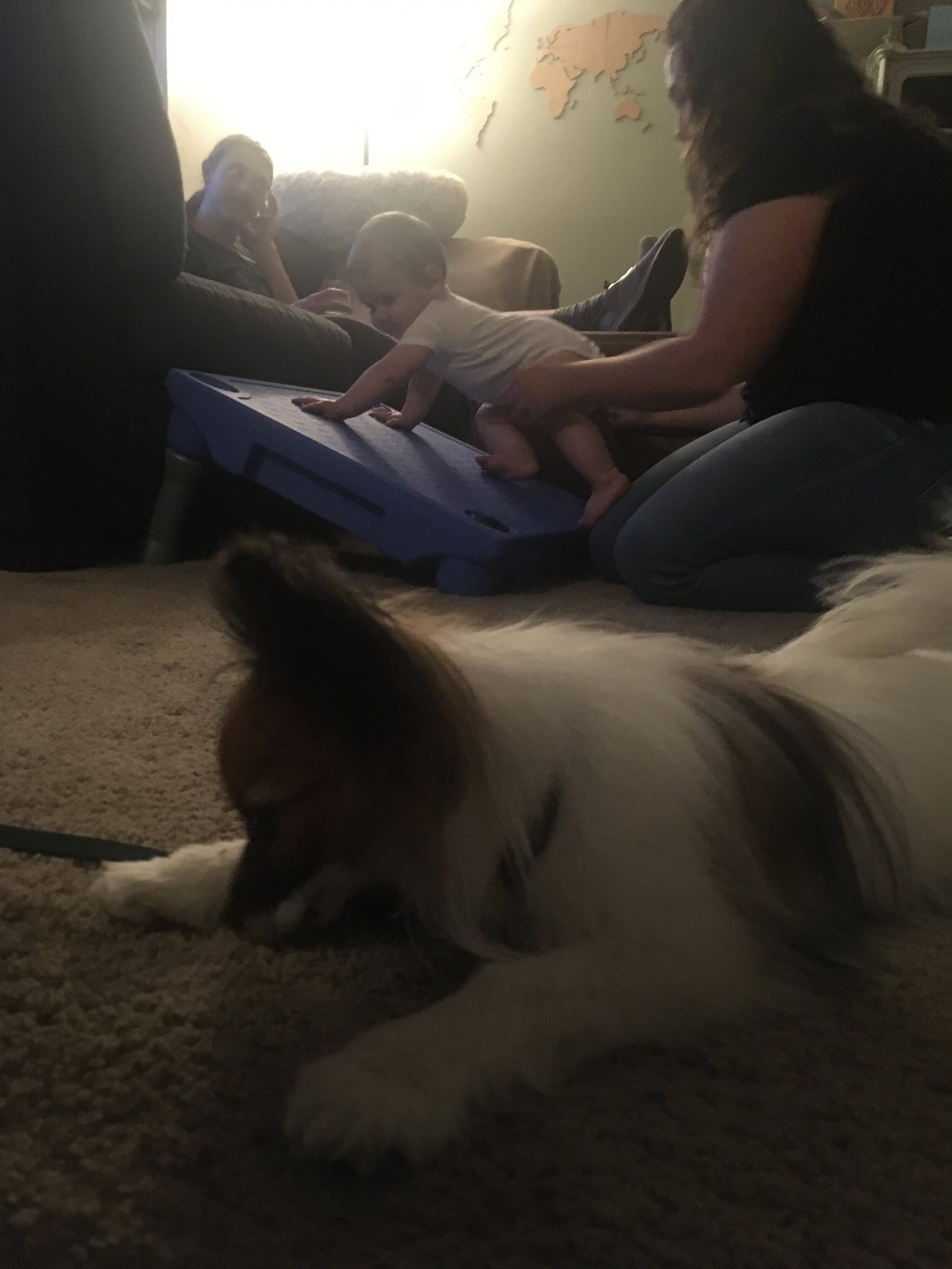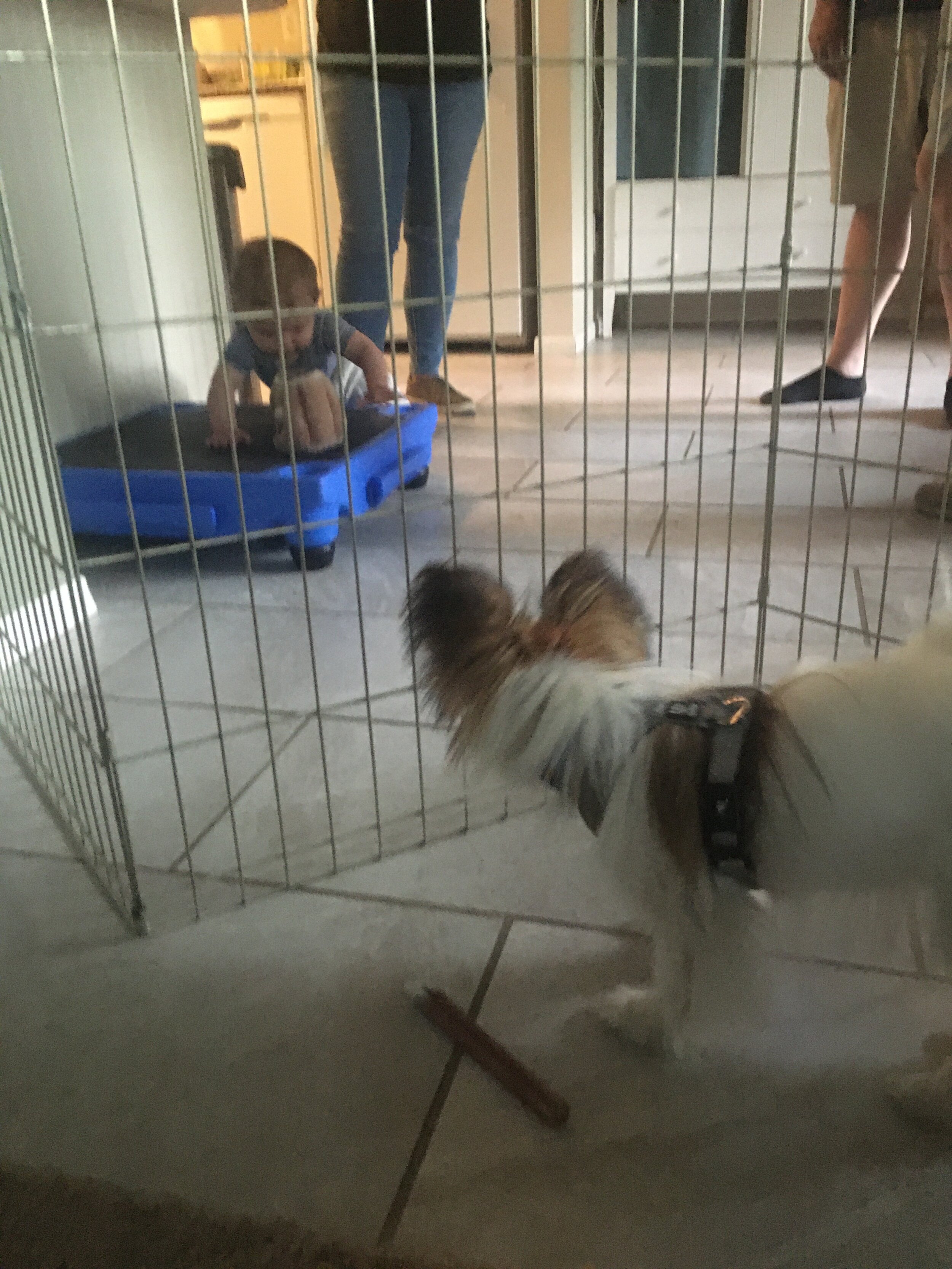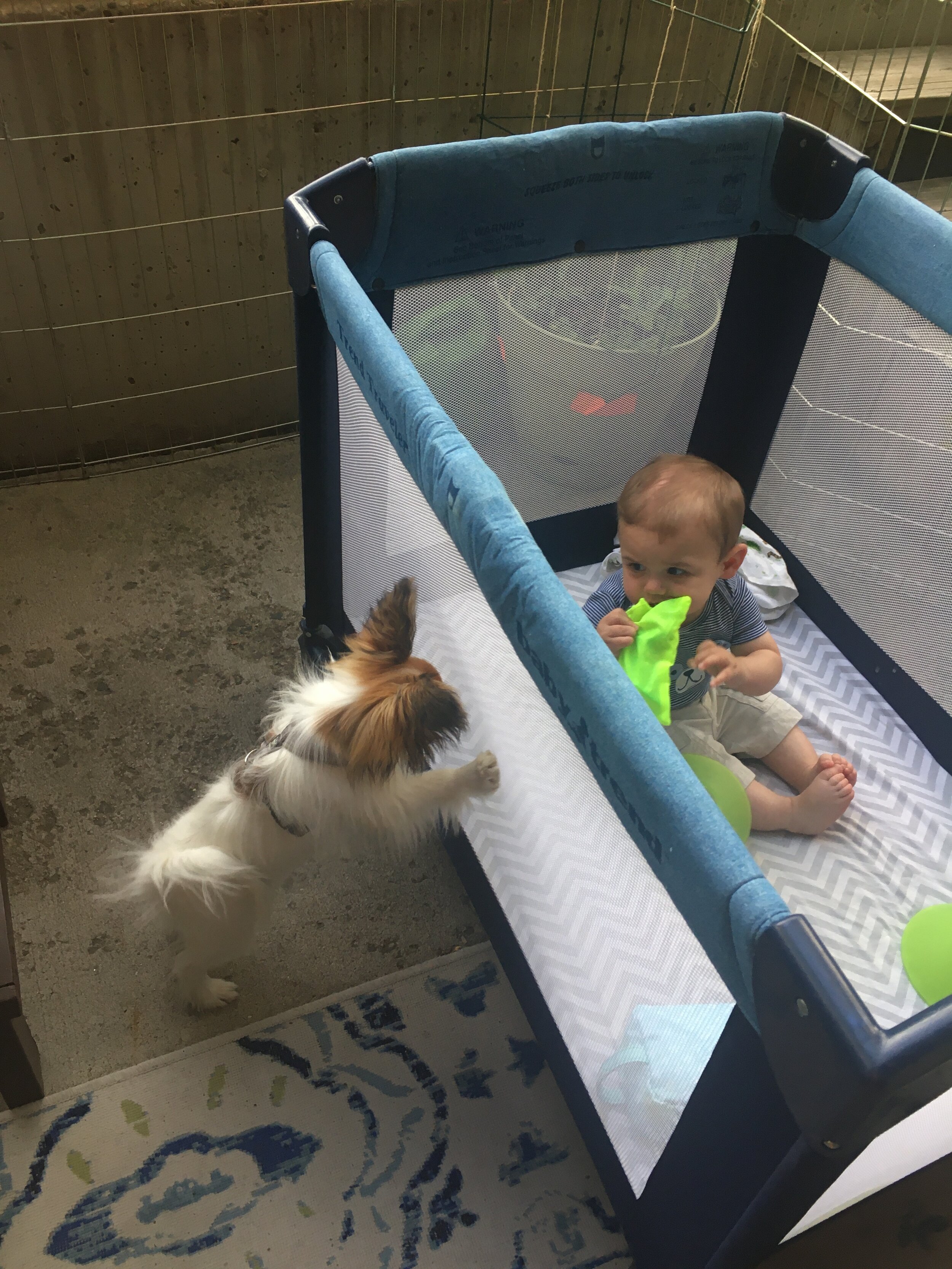Written by Meredith Decker & Amber Quann
When you bring a new puppy home, you want to make sure to protect them from anything that may hurt them. It can feel daunting to bring them into a space like a training room that many other dogs have occupied. You may have gotten recommendation from your rescue, breeder, or trusted veterinarian to wait until your puppy is fully vaccinated to take them out in public.
Early socialization is so important to healthy puppy development, and there isn’t time to waste! The optimal window for early puppy socialization actually closes before puppies are fully vaccinated, so avoiding socialization opportunities before 16 weeks can actually be detrimental to the dog’s behavioral health. Because of this, the American Veterinary Society of Animal Behavior’s position is that puppies should start positive socialization group experiences as early as 9 weeks of age, after at least one vaccination and deworming.
“In general, puppies can start puppy socialization classes as early as 7-8 weeks of age. Puppies should receive a minimum of one set of vaccines at least 7 days prior to the first class and a first deworming. They should be kept up-to-date on vaccines throughout the class. The primary and most important time for puppy socialization is the first three months of life. During this time puppies should be exposed to as many new people, animals, stimuli and environments as can be achieved safely and without causing overstimulation manifested as excessive fear, withdrawal or avoidance behavior. For this reason, the American Veterinary Society of Animal Behavior believes that it should be the standard of care for puppies to receive such socialization before they are fully vaccinated.”
We carefully curate the our training room environment to minimize risks to our young puppy students. Our training room is thoroughly cleaned daily (we share more about our cleaning routines below!), and we evaluate each puppy during each service for health and wellness. No environment can be completely without risk, and we understand that your veterinarian may have different recommendations for when your puppy should start group socialization. Your veterinarian treats physically sick puppies and we work with behavior challenges in dogs often associated with missing early socialization periods, so we are coming at this from two different sides of the issue. Both sides are very important to consider as you decide what is right for your puppy. If you decide to wait until your puppy is fully vaccinated at 16 weeks, we'd love to see you in our Level 1 Puppy Basics class or drop-in to Puppy Playschool Plus.
We know that you want to do everything in your power to keep your puppy safe and healthy before their final vaccinations. Balancing this with the need for healthy early socialization can feel tricky. We want to do everything we can to build a safe environment for you and your puppy to come and learn, and a piece of that is by keeping our training rooms clean and sanitized.
The Summit Cleaning Routine
Both training rooms are cleaned and disinfected daily, and deep-cleaned once a month with an attention to detail.
All of the toys that your puppy may play with are cleaned daily; monthly, we also sanitize each of the shelves where those toys are stored so that the toys can remain clean once they are put away. Not only does it keep everything safe, but it also keeps things looking nice and neat.
A lot of time is spent making sure the floors where your puppies love to wrestle remain safe and clean. We always vacuum and mop after the end of our classes, and this is done at least once a day. During our monthly cleanings, any moveable item, such as our x-pens or chairs are moved from their usual spot, and each corner and crevice is cleaned. Special care is taken to make sure any debris is removed and then that area is properly mopped with kennel-grade disinfectant and there is no residue left behind.
We never forget about cleaning our cleaning supplies either. The mop, mop buckets and vacuum are all cleared and cleaned to make sure they're working as best as possible to maintain our standards.
When it comes to our Adventure Camp (drop-off learning for puppies 9-16 weeks), we take extra precautions to make sure we keep your pups safe. Any toys they may use such as puzzle toys, kongs or chew toys are washed and scrubbed with our other dishes at the end of every Camp day. This also applies to any cots or platforms your pup might play on. We spray them with our disinfectant and wipe them down so they are clean for next time. Any accidents that may occur during Camp are promptly cleaned up and we make sure to restrict access to that area while we clean so puppies won't be exposed to the mess or the disinfectant.
We screen our Adventure Camp puppies ahead of time for health, and ask all puppy parents who use this service to keep us informed if they notice anything unusual about their puppy’s health or behavior ahead of a Camp day. If we notice any signs of illness while a puppy is at Camp, we make sure to take proper precautions by keeping that puppy separate until they can be picked up early, and initiate additional deep cleaning on that day by washing all sheets, towels, or soft toys that were played with that day, and anything that can't be cleaned (such as the popular sniff boxes) are disposed of and replaced.
Your puppy's physical health is just as important as their social development, which is why we take the time to keep our training rooms clean and safe. If you have any questions or concerns about this, please don’t hesitate to reach out to us!
Check out these photos from our #12 classroom during a monthly deep clean:


